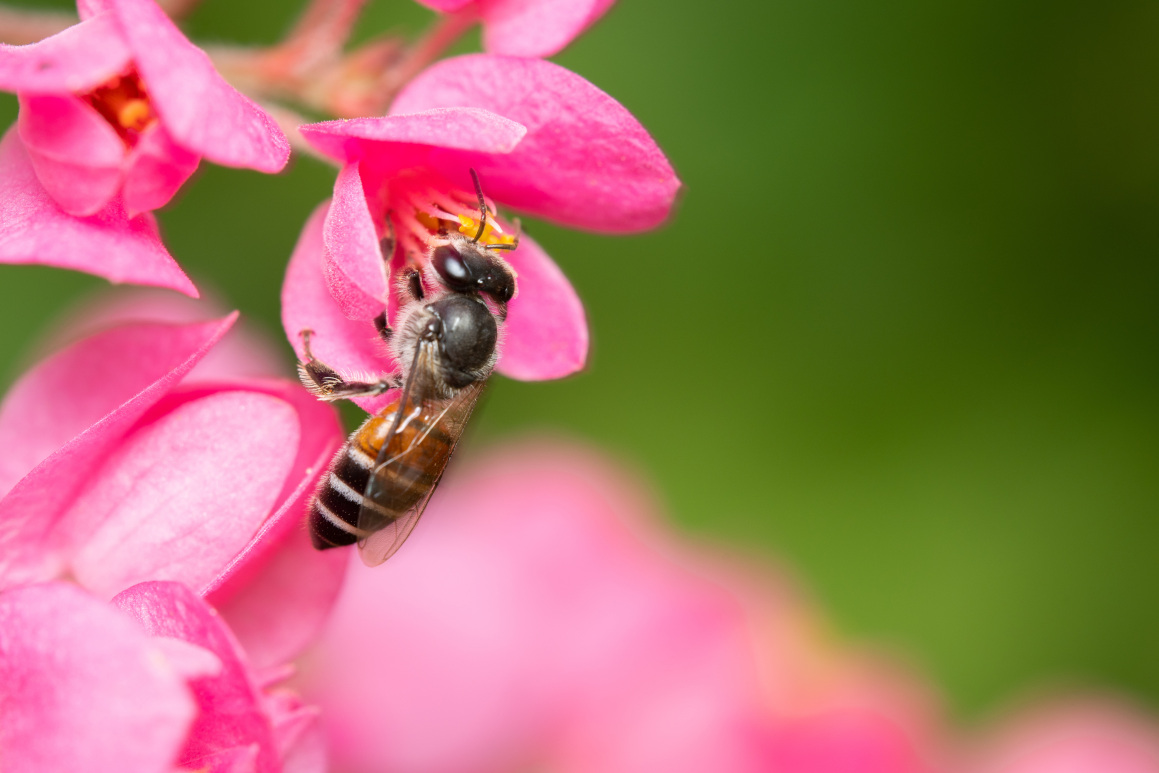
Previous detections of red dwarf honey bees were recorded at the nearby Port of Dampier in March, and a single bee was found at a gas plant in Karratha in May, prompting additional surveillance.
DPIRD Chief Plant Biosecurity Officer Sonya Broughton said exotic bees could be a pathway for bee pests and viruses, and it was important to report all sightings to the national Exotic Plant Pest Hotline on 1800 084 881 or through the department’s MyPestGuideReporter®.
Red dwarf honey bees and parasitic mites which they may carry, such as Euvarroa and Tropilaelaps species, are not present in Australia. It is native to South Asia and parts of Southeast Asia and has unintentionally spread to the Middle East and Africa.
“We have been working together with DAFF to conduct surveillance since the first detection and again this month at multiple sites in the vicinity of the Port and on the Burrup Peninsula,” Dr Broughton said.
“The survey team discovered and destroyed an established colony in vegetation on a rocky outcrop. Following colony treatment, other foraging red dwarf honeybees were detected at nearby sites.
“Testing of the bees from the colony uncovered the presence of 28 brood mites (Euvarroa sinhai) associated with the worker bees.
“The mites are related to, but should not be confused with, the varroa mite (Varroa destructor), which is the focus of a major eradication effort in New South Wales.”
Dr Broughton said there would be additional surveillance and control to ensure no further red dwarf honey bees were present in the area.
The red dwarf honey bee is one of the smallest honey bees and has quite distinct red/brown and white and black bands on the abdomen. A foraging worker bee body length is 7–10 mm.
These social bees usually live in small colonies. They exhibit swarm behaviour and are known to abscond readily, meaning they can abandon their colony and relocate to a new site if conditions become unfavourable or are disturbed.
Additional information on red dwarf honey bees is available on the website.



